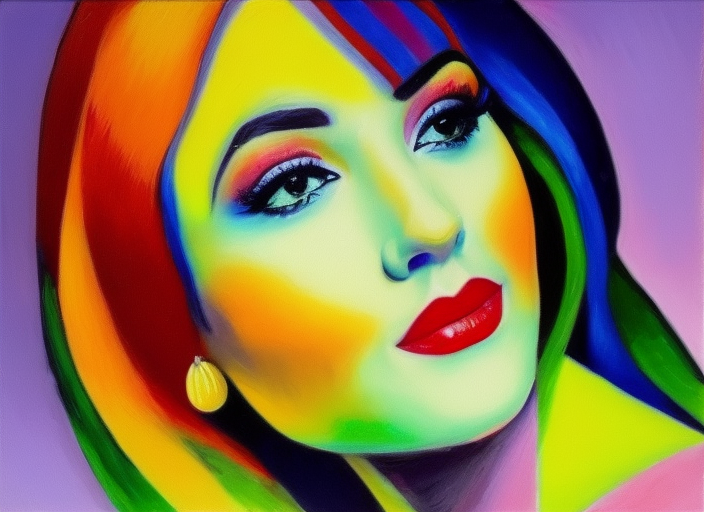- Beranda
- Komunitas
- PaintingPortrait
Share the materials and methods of making oil painting texture
TS
info157
Share the materials and methods of making oil painting texture

[u]Oil paintings [/u]often use texture to fully express the external characteristics of objects. Texture can make the picture produce a special artistic effect that can be touched, which is difficult to achieve flat coloring, including the texture of the canvas, rough base, stroke changes, knife application and the use of additives.
[u]Custom oil portrait[/u], [u]Original Personalized[/u] [u]portrait painting[/u], [u]History portrait[/u], [u]Hand Painted Oil Painting [/u][u]portrait From Photos[/u]
https://painting-portrait.com
There are many examples of the use of texture in ancient oil paintings, and Rembrandt's texture is a part of his technique. Most of the old masters used their own blended white to create textures and then painted them layer by layer with transparent painting. Modern painters usually use large white powder mixed with latex to make texture on the base or directly use white oil paint to make texture. For example, the painter Ai Xuan used white paint to dry oil (Japanese dry oil, dried within hours of mixing with white paint), and used a large Wolf brush to lay a fluffy texture in the areas needed by rubbing and other performance methods. Painter He Duoling uses M-shaped ointment (with strong plasticity, easy to dry and other characteristics) to make textures, changing strokes according to the texture of the image.
Common materials for texture are:
(1) Lime powder. It can be developed into fine powder and sand particles, which can be mixed with oil paints, but it can not be added too much, otherwise it will weaken the adhesion.
(2) Marble powder. Similar to lime powder, but this lime powder is hard and heavy, and is not easily ground.
(4) Red iron powder. It needs to be fully blended with oil paints to obtain an even texture. Not suitable for heavy usage.
(5) Others. Glass, sawdust, weeds, etc. are used evenly.
What kind of additive is used will affect the adhesion of the color. If a large number of additives are used, polishing oil can be used to increase the adhesion of the medium and make the surface shine. Here are some simple ways to make texture:
(1) Use large white powder or Lide powder to adjust white latex into paste, use a paintbrush or a painting knife to make mottled pen mark texture where needed, or apply white powder paste to the bottom, and use a knife, comb, roller, etc., to make the required texture.
(2) Dissolve Dama or Mati resin in turpentine and then mix white paint, and then use a brush or a large painting knife to create the ideal texture on the scratched canvas when it reaches a certain consistency. After the volatilization of turpentine, the lead white will be very hard (about two minutes), so it is necessary to properly grasp the time, if it is too late, the paint hardens, and the texture is difficult to make.
(3) The use of acrylic pigment or acrylic molding paste to make the texture is very convenient, because the acrylic material is dry, it can also be stacked. However, if it is used on the oil base or the oil film after coloring, the acrylic pigment is easy to peel off, so it should be polished with sandpaper before use.
(4) During the [u]painting [/u]process, color changes such as thin, thick, thin and thick can be made directly by using brush strokes and knife methods to make uneven rough effects, or granular materials such as sand, sawdust, glass crumbs and bread crumbs can be mixed into the pigment to make texture.
[u]Custom oil portrait[/u], [u]Original Personalized[/u] [u]portrait painting[/u], [u]History portrait[/u], [u]Hand Painted Oil Painting [/u][u]portrait From Photos[/u]
https://painting-portrait.com
0
2
0
Komentar yang asik ya
Komentar yang asik ya
Komunitas Pilihan